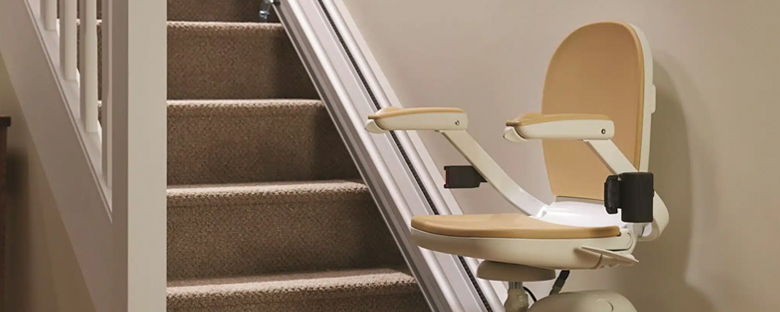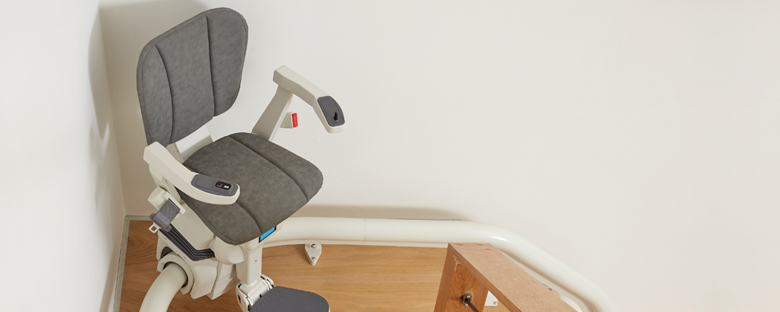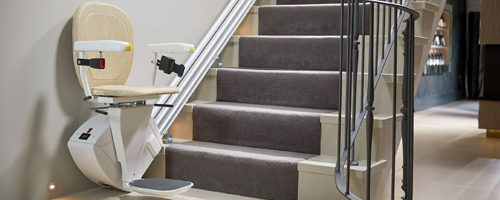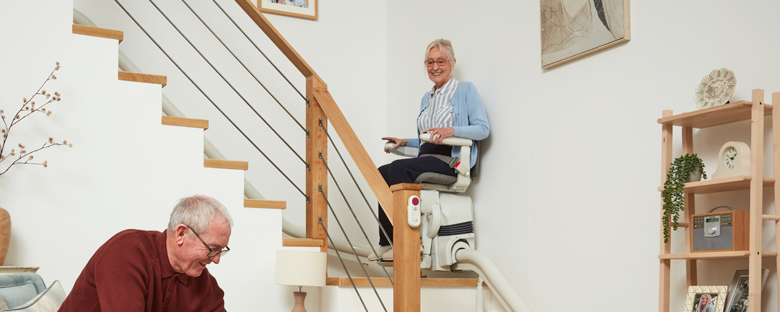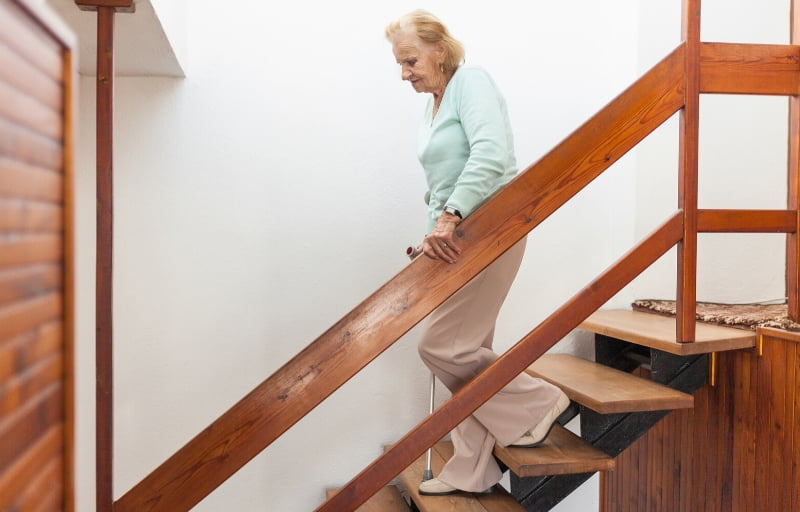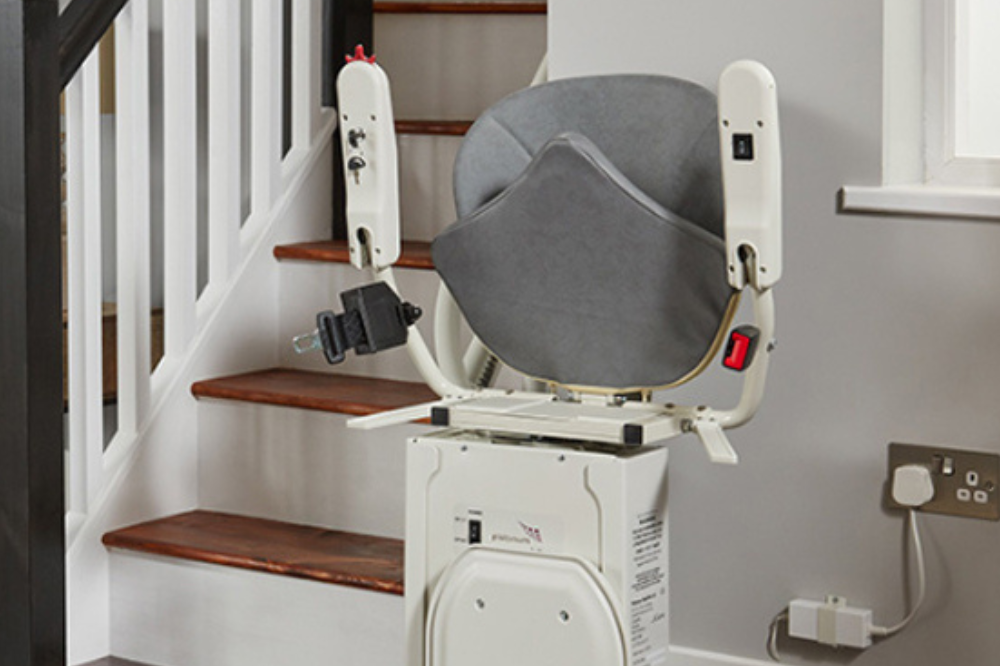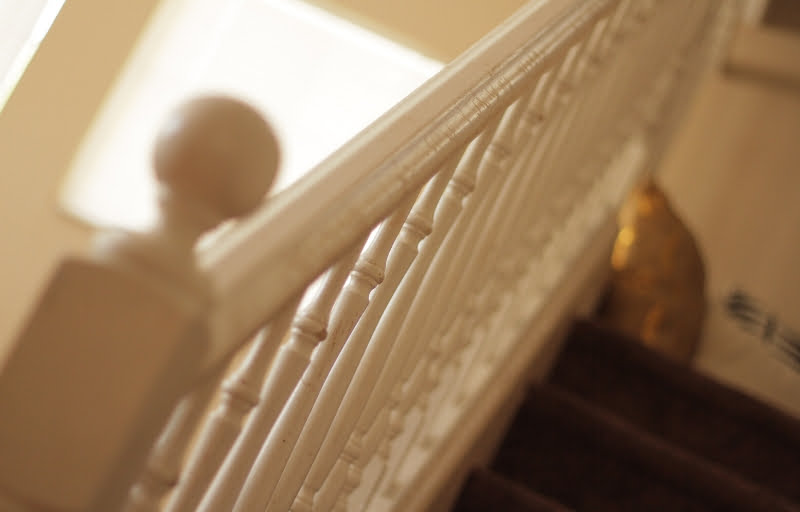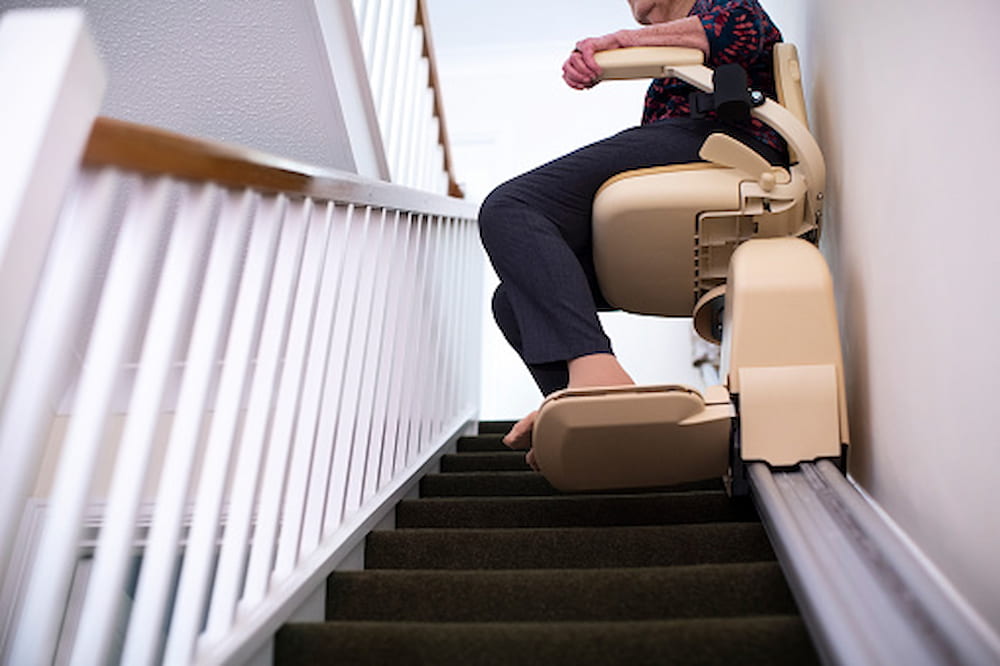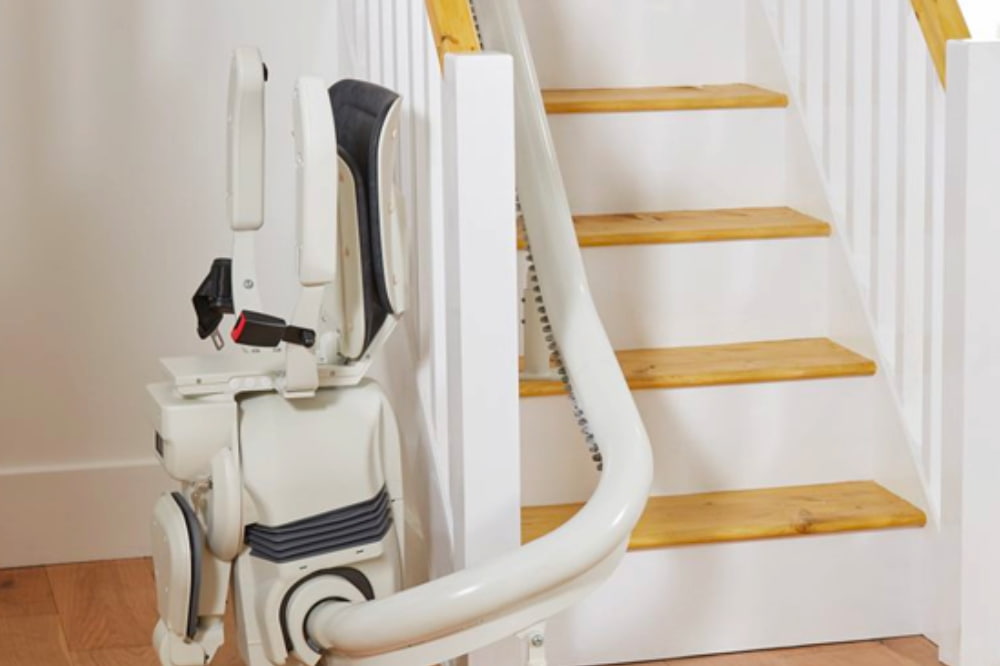When it comes to problems with the stairs, you would be forgiven for thinking that the biggest difficulties are caused by climbing the stairs.
However, many people ask ‘why do I struggle to walk downstairs?’ showing that descending a staircase is full of its own challenges.
To walk downstairs you need to use different muscle groups in your body which may lack strength, and you’re at more risk of losing balance going downstairs too. This means you’re more likely to fall walking downstairs than climbing up them.
Why Do I Struggle to Walk Down Stairs?
There are a number of reasons you might struggle to walk downstairs. You may experience:
Pain
Why does it hurt to walk downstairs? This could be caused by a physical condition like arthritis or an injury for example. You can find out more about the causes of joint pain via the NHS website.
Downwards motion can place additional force on joints like the hips, ankles, and knees, and if you have reduced flexibility and range of movement, it can result in discomfort and pain.
Reduced muscle strength
When walking down stairs muscles used like the quadriceps and hamstring need to be strong. These muscles help to reduce stress on your joints and help to support the rest of your body.
If they are weak they can’t provide support to the rest of your legs, and walking downstairs becomes more of a challenge.
Poor balance
If you have a condition that affects your balance like vertigo, inner ear problems, or migraine for example, or you feel weaker in general, you might find greater difficulty in walking down stairs and staying upright.
These factors can affect you in isolation, or you could be affected by a combination of all three.
aving weaker muscles can reduce the support to your joints leading to increased pain and making it harder to keep your balance.
How Can I Make It Easier to Walk Down Stairs?
You have a few different options to make descending the stairs easier and safer:
Anti-inflammatories
If you experience pain on using the stairs, anti-inflammatory medication can help to improve your physical comfort enough to allow you to carry out everyday activities.
Please be aware that anti-inflammatories can mask underlying problems, so you should focus on resolving these as your priority if possible. You should also get advice from your GP before using them.
Exercises
Using specific exercises to target certain muscle groups can help to strengthen your legs and body and improve your experience of walking down the stairs.
Speak to your GP or arrange to see a physiotherapist who will be able to give you advice on the right techniques to use to suit your level of ability.
A Handrail
Adding a second handrail to your stairs is a relatively cheap and easy way to offer some external support when using the stairs.
Install a Stairlift
A stairlift can help to remove the worry of the stairs almost completely. Choose from a traditional chairlift a sit-and-stand stairlift or a modern stairlift to take the pain and struggle out of the stairs. With a retractable seatbelt as standard and smooth movement, you can dramatically reduce your risk of falling too.
Installing a stairlift can be quicker, less disruptive, and more affordable than you might think.
Speak to our stairlift experts today to explore your options. Call 0800 644 7766 for a free no-obligation stairlift quote today. Don’t struggle to walk downstairs any longer than you need to.

Neil is the founder of Halton Stairlifts. He has years of experience installing stairlifts across the UK. With an eagerness to help those with mobility issues get up the stairs, Neil understands how important it is for a seamless and straightforward approach to installing stairlifts to help those in need quickly.
